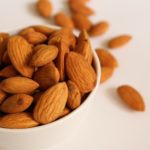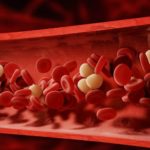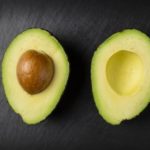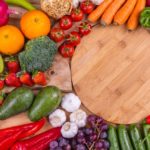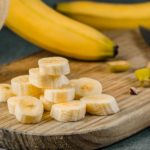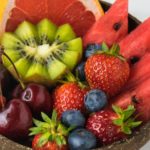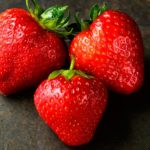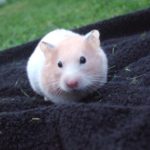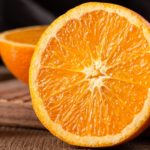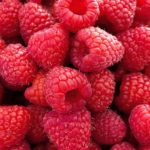Dietary fibre – why is it useful?
Dietary fibre is a non-digestible part of food, derived from plant sources. The term fibre is a misnomer because the dietary fibre is not fibrous as is presumed. Broadly, dietary fibre can be divided into two types – soluble and insoluble. The soluble fibre is water-soluble and the insoluble fibre is not. The soluble fibre absorbs water and becomes gelatinous or viscous. The insoluble fibre absorbs water, thereby adding bulk to the intestinal contents.
Sources of dietary fibre
Soluble fibre sources: legumes (peas, beans), oats, barley, broccoli, carrots, prune juice, ripe bananas, berries, plums, almonds, guar gum.
Insoluble fibre sources: whole-grain foods, wheat and corn bran, legumes, nuts, cauliflower, zucchini, avocado, unripe bananas.
Chemical nature of the dietary fibre
The dietary fibre consists of various substances like lignins, resistant starch, arabinoxylans, cellulose, resistant dextrins, inulin, lignin, waxes, chitins, pectins, beta-glucans, and oligosaccharides.
The outcome of fibre consumption
The dietary fibre swells in presence of water in the intestine and changes the physical characteristics of ingested food. The fibre increases the viscosity of gastric contents and delays the gastric emptying of food. It results in a sense of fullness after a meal which persists for a longer period. Since the fibre is non-digestible, it traverses through the small intestine without getting affected. It also increases the viscosity of the intestinal contents, dilutes the digestive enzymes and slows the absorption of nutrients. As a result, blood sugar rises slowly after a meal rich in carbohydrates. It has been found that resistant starch increases insulin sensitivity and is helpful in patients with diabetes.
In the large intestine, it undergoes fermentation by the colonic microflora. This consists of bacteria like Bacteroides, Ruminococcus, Bifidobacterium, Fusobacterium, Peptococcus, Peptostreptococcus, Escherichia, Lactobacillus and fungi like Candida, Saccharomyces, Aspergillus and Penicillium. The fermentation of fibre results in the production of short-chain fatty acids, hydrogen gas, carbon dioxide gas and methane gas. These short-chain fatty acids are acetic acid, propionic acid and butyric acid. About half of the consumed fibres are metabolized in the large intestine and the remaining is excreted.
Uses of dietary fibre
- The short-chain fatty acids are a useful source of energy as after absorption they are metabolised in the liver and skeletal muscles.
- Short-chain fatty acids help in the absorption of iron, calcium and magnesium.
- These short-chain fatty acids are used as an energy source by the cells lining the large intestine. Butyrate is considered to be the primary nutrient for the epithelial cells. It is useful for the growth of rapidly exfoliating epithelium and may have a role in the prevention of cancer of the large intestine.
- The normal gut flora survives due to energy derived from the fermentation of fibre. This flora also prevents the growth of pathogenic bacteria which cause disease.
- Lack of dietary fibre is associated with the development of diverticulosis. In the absence of fibre, the stool volume is less and higher colonic pressure is required to propel it forwards. This higher pressure in the sigmoid colon results in the development of out-pouching of mucosa and diverticulosis. In these patients, fibre is given to improve the symptoms of pain by increasing the bulk, which helps in the reduction of intra-colonic pressure.
- Dietary fibre also reduces the transit time of stools in the large intestine because the short-chain fatty acids promote intestinal motility. The bulk resulting from fibre also stimulates mechanoreceptors located in the muscular layer of the colon and promotes forward propulsion. That is why the least fermentable fibres like wheat bran and ispaghula are efficient laxatives.
Dietary fibre is a natural content of food but its consumption is reduced due to the availability of processed food that is easy to make or is pre-cooked. It has resulted in increased colonic problems like constipation and diverticulosis. Dietary fibre is recommended for the prevention of these diseases.


